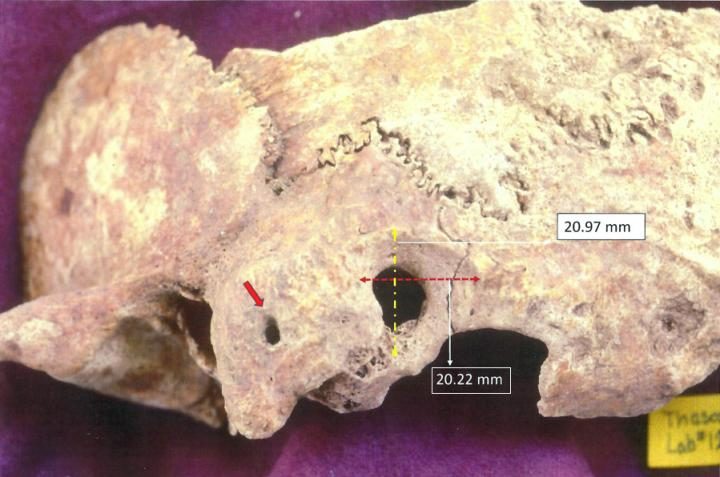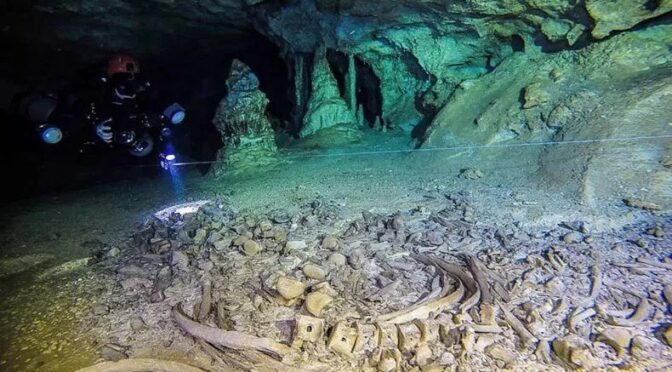OF THE
TIMES

"The 'serpent' just really jumped right out at me", the Google Earth user wrote on YouTube after his video was published. "It's either a very large natural formation or a manmade artificial site like the serpent mound in Ohio. Other than that - I got nothin'. Very interesting".



"The conscious and intelligent manipulation of the organized habits and opinions of the masses is an important element in democratic society. Those who manipulate this unseen mechanism of society constitute an invisible government which is the true ruling power of our country. We are governed, our minds are molded, our tastes formed, our ideas suggested, largely by men we have never heard of."
- Edward Bernays ("the father of public relations"), Propaganda, 1928 (note that Bernays' book, Propaganda, begins with the above quote).If you told somebody 10 years ago that there existed some sort of secret group or "secret government" pulling the strings behind the scenes of government policy, international law, various global rules/regulations, and more, they would have called you a "conspiracy theorist." Today things have changed, largely as a result of information leaked by Edward Snowden, Julian Assange, and various other whistleblowers and activists in recent years. Their bravery has shed light on the world of secrecy that's been blinding the masses since its inception.
Comment: Whilst in recent years evidence has come to light showing Neanderthals to have been slightly more sophisticated than once thought by mainstream science, it would seem they never came close to humans in terms of innovation, creativity and social cohesion, and so it's highly unlikely that, as stated in the article, Neanderthals taught humans how to make string. As Laura Knight-Jadczyk writes in The Golden Age, Psychopathy and the Sixth Extinction: See also: